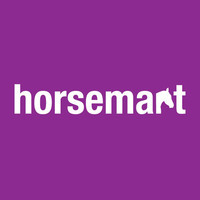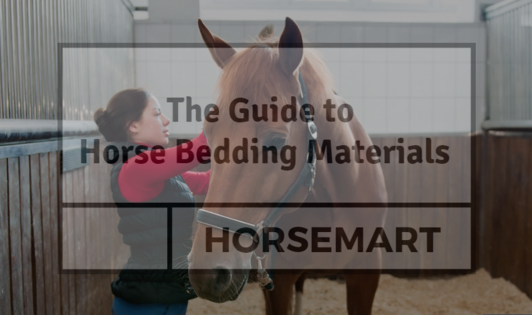
Are You & Your Horse Ready For Bitting Advice? The Steps You Need To Consider First
Equestrian Advice & Guides All Disciplines
Build your business profile for FREE and expose your services to thousands of potential clients!
Create my profile now!
Have you ever thought about changing your horse’s bedding material? We’ve taken a look at some of the choices of equine materials to help you choose a bedding material that will work best for you and your horse.

Seen as an old fashioned bedding material, and is one of the cheapest beddings on the market. Straw can easily be brought from a local farmer, and produces a traditional, deep bed. There are many different types of straw to choose from, including wheat and barley. It is considered as the best bedding for foaling, as shavings can stick to the foal and can carry a risk of infection if small particles get within the foal or mare.
A development on from straw are the chopped and treated straw products which is dust extracted. It clumps together when wet making mucking out very easy and time effective. A version with citronella and eucalyptus to combat odors and aid respiration exists.

Straw is one of the most commonly used bedding for horses, and has been since horses were first domesticated. It is readily available and affordable – although it is becoming less so. The bio-fuel industry provides an alternative market for straw, and rising fertiliser cost leads many farmers to plough the straw back into the soil to reduce the need for fertiliser. In addition, shorter-stalked grains have been developed, so that much less straw is produced.
Positives:
Negatives:

This tends to be a mixture of newspaper, magazines and other unwanted printed material. It is often considered to be a cheaper option, but dependant on the size of your stable you will need a large number of bales to create a nice thick bed. It is also worth considering cardboard, which has similar advantages to paper but is heavier and is easier to manage as it is less likely to blow around the yard.
Positives:
Negatives:

Shavings are a popular type of bedding, but the quality can vary hugely, with regards to dust content. It is important that you only buy shavings that have been specifically produced as animal bedding, as these would have been properly treated. They are compact and easy to store but they vary a lot in quality. Look for one which is thoroughly dust extracted as some owners find that they can cause breathing allergies. In this case they can be bought as pellets which are really clean and dust free. Some shavings are also treated with natural oils to add extra respiratory support.
Positives:
Negatives:

Wood pellets are growing in popularity as an economical bedding material. These are made from heat-treated and compact sawdust which are made into pellets. To ‘activate’ the pellets, water has to be added to allow them to swell increasing their surface area and absorbency . They are seen as a cost effective bedding solution, as commonly only one bale needs to be added per week.
Positives:
Negatives:

Hemp bedding is made from chopped hemp which is growing in popularity, as it is cost effective and great for deep littering. They have no bleach or chemicals added and are designed to be be used in a thick bed which is then disturbed as little as possible. Hemp is also great for horses that are messy in their stables as you do not need to add many bales per week as it has high absorbency.
Positives:
Negatives:
Rubber matting is a great base for a horse’s stable. Many people install rubber matting and have a light ‘dusting’ of shavings on top to soak up any wet. This provides a soft layer for the horses and is also thought to add some warmth to the stable.
Positives:
Negatives:

